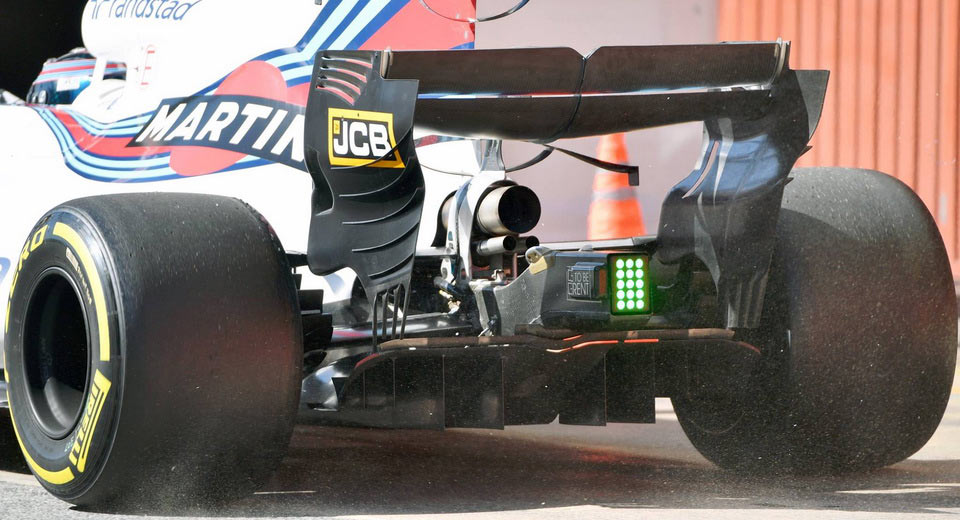A very important meeting was held last week at the FIA’s headquarters in Paris, with current power unit suppliers as well as automotive manufacturers in attendance.
During this gathering, everyone, including representatives of the FIA, independent suppliers, as well as the new commercial rights holder, found themselves in agreement on what the evolution of Formula One power units should look like.
To recap, everyone decided that it was important to maintain F1 as the pinnacle of motor sport technology, as well as a laboratory for developing technology that can be relevant to road cars.
Then, the focus turned towards future power units becoming more powerful, but also simpler and less costly to develop and produce. Last but not least, these new power units will sound better than the current ones and will allow drivers to drive harder at all times.
“I was very pleased with the process, and the fact that so many different stakeholders were able to agree on a direction for the FIA Formula One World Championship in such an important technical area,” stated FIA president Jean Todt.
“Of course, now we must sit down and work through the fine details of exactly what the 2021 power units will be – but we have begun on the right foot, and I am looking forward to working through the process to come up with the best decision for Formula One into the future.”
The FIA will continue to run the current 1.6-liter six-cylinder turbo hybrid units until 2020, as they’ve already proven to be extremely efficient saving 30% on fuel consumption (compared to previous-gen units), while producing 900 to 1,000 HP and nailing that “magical” 50% thermal efficiency number.
These engines will continue to be utilized through the 2020 Formula One season, after which the manufacturers will introduce something noisier, simpler, and hopefully overall better for the 2021 season.




